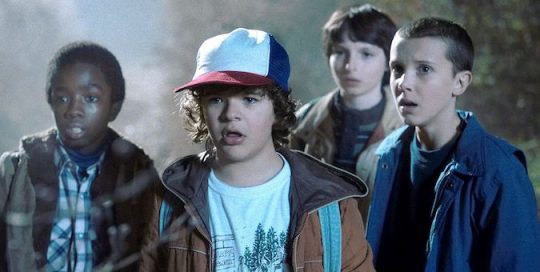It might be the most memorable lede I have ever read in our paper of record:
At the edge of dark, dark woods in South Carolina, children have been telling adults that a group of clowns have been trying to lure them into the cluster of trees. They say the clowns live deep in the woods, near a house by a pond.
It isn't just kids. A woman claims to have seen a "large-figured clown waving at her from under a streetlight." The police say they don't know anything yet and that none of the sightings has been confirmed. But the citizens of Greenville, South Carolina, aren't waiting around. Shots have been fired.
I knew as soon as I had finished the article that I wanted to go down there. Traveling to a small town*, interviewing campaign-hatted sheriff's deputies and chain-smoking dive bar patrons, sleeping in a shabby motel with a stucco exterior and breakfasting at a good diner, trekking into the forest with nothing but a notebook and a flashlight and a rosary—something about the prospect of the trip awakened in me a sort of ineffable yearning I hadn't felt for, well, at least two weeks when I made a trial Netflix account to watch Stranger Things.
I enjoyed every minute. The collage—in this case of Spielberg and John Carpenter and Mark Danielewski's House of Leaves—is an important sub-genre of popular entertainment, in which originality matters far less than execution. (Star Wars, for example, is really nothing but a mash-up of The Searchers, The Hidden Fortress, and The Battle of Britain with mumbo-jumbo space dialogue.) Fans of Stranger Things have already spent dozens of hours cataloguing all the references to E.T. and Stand By Me and Andrzej Żuławski's Possession.
What Stranger Things really reminded me of, though, was Stephen King's It, a novel I read for the first time a little more than ten years ago, in the summer between ninth and tenth grade. The first night I got through something like 500 pages in a marathon session that lasted until about 4:00 a.m. I was so frightened that I had to sleep on the floor in our living room, and the next morning I decided that the best thing to do would be to proceed strictly between dawn and dusk and spend my evenings with friends instead.
It is what Chesterton and Orwell called a "good bad book." The ending, for example, is obscene rubbish, and there are many ill-advised digressions (we learn far too much about things like the novelist character's writing career and the childhood of Bev's abusive husband). But the premise—children doing battle with unspeakable terror in a Maine village—is essentially perfect, and many details and incidents (the newspaper dossier of It's comings and goings over the decades; the pastiche of Hansel and Gretel when Bev returns to her childhood home; the children's vision of prehistoric Derry; even the far-flung but appropriate epigraphs from Neil Young and George Seferis) are somehow indelible. I'm sure a month hasn't gone by in over a decade without my thinking of the novel and the circumstances under which I first read it. These reminders are not uniformly unpleasant: I am very fond of my rural childhood and the adventures, such as they were, that I used to have with friends and siblings in the woods behind our house. How curious that a novel about the importance of forgetting should inspire so much nostalgia.
Anyway, long story short, half as a joke, half in a spirit of boyish adventure, I asked my editor yesterday about going to Greenville to write a feature. He turned me down, citing a lack of previous reporting, the likelihood that there would be nothing worthwhile to report, and concern for my safety.
"We don't really know what's going on there yet. There are three possibilities. One is that it's a stunt or a hoax. Another is that kids are suffering from some kind of hysteria—like those child-abuse panics you hear about that turn out to be nothing. The third is that there is something going on. Serial killers like John Wayne Gacy dressed up as clowns."
To my mind, there is at least one more that he is omitting, namely, that the woods beyond Greenville are haunted. I guess I'll have to wait for the New York Times to know for sure.
*The population of Greenville is actually 62,000. It is, according to CNN Money, one of the fastest growing cities in the country. Maybe my editor was right.
